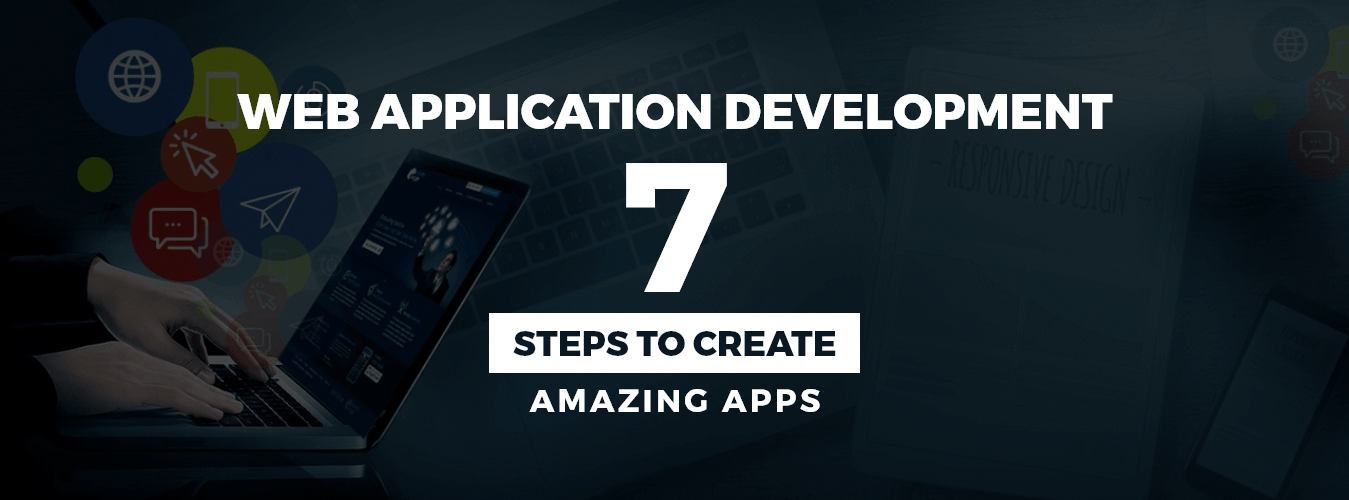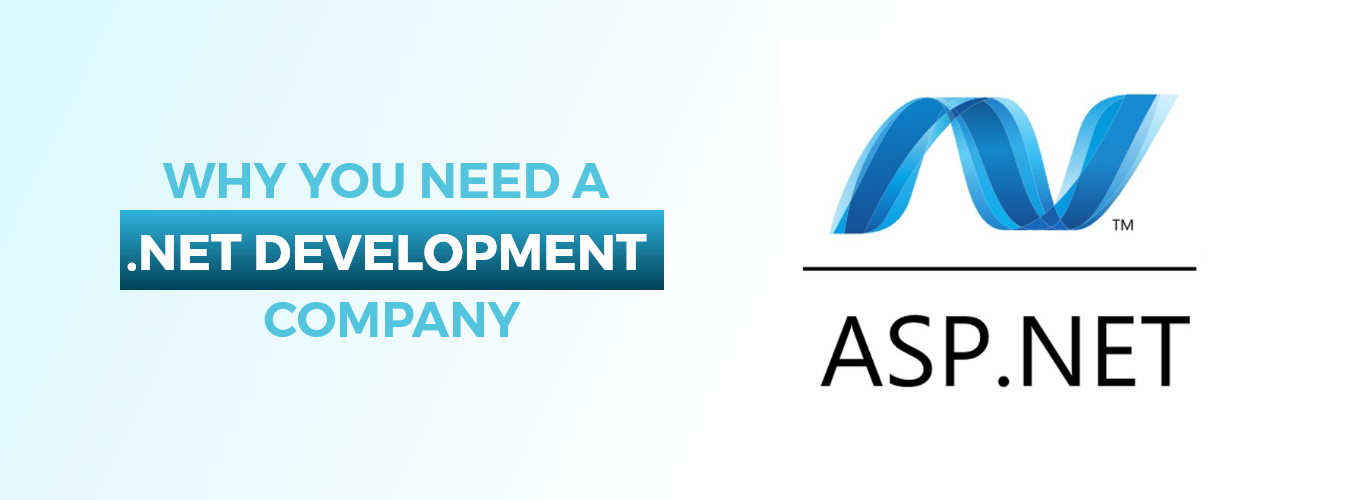You will likely need to employ a software development team to create a new online application. But picking the best team might be challenging because so many vendors are vying for your business. Understanding the web application development process, including the phases, methodology, and industry best practices will help you make the decision. With this information, it will be simpler to determine which seller can keep their promises.
What is a Web Application?
A web application can be defined in a variety of ways. However, AppVerticals provides what might be the clearest and most understandable justification we have found: A “web application” or “web app” is a piece of software that runs on a web server. Unlike traditional desktop applications that are launched by your operating system, web apps must be accessed using a web browser. Search engines, email clients, instant messaging programs, and banking software are examples of web applications. The output of these web applications depends on user participation and input.
Get Your Own Empowered Web Application Development
contact usWeb App Development Process
The process of creating a web application involves numerous steps. Additionally, the project scope determines how much work is done at each stage. Your vision, budget, timetable, staffing needs, and technical needs will all be important considerations. However, generally speaking, the steps that make up a web application development process are as follows:
Requirements Review
When starting a business or launching a web application, most people have a set of initial ideas. These concepts gradually develop into a comprehensive document that includes a list of the application’s goals, features, technology, budget, vision, and plans. The development team thoroughly understands your app’s objectives, major objectives, target market, focus industry, milestones, and other crucial components by reading this document. Following this document, conversations and quizzes assist web developers in further clarifying the project’s objectives. When the application development team is obvious on every aspect of the project, the proposal is created to outline all of the deliverables.
Also Read this post: best languages for web development
Planning & Research
The planning stage should address some high-level questions concerning the viability of your opinion in the current market environment rather than selecting how your app will look or be programmed. Researching the market and doing a feasibility study are typically included in planning. It is necessary to answer questions like “Are there other applications that do what mine will accomplish? ” “Is there a need for my app? ” and “What is the value proposition of my app.” Before investing a lot of money in developing and marketing your app, it is crucial to know whether there is a market niche for your idea.
Define MVP
The simplest version of your software, known as a Minimum Viable Product (MVP), will be tested by early adopters and other users to validate the concept, assess user interest, and gather suggestions for improvement. It gives you information about your app’s potential and determines whether moving forward with full app development is worthwhile. Clarify the goals, the app features and solutions it seeks to provide, and the action plans that will be put into place to make it function to define your MVP and make the most of this stage.
UI/UX Design
Because it gives you the first taste of how your application might look and function, user experience design is undoubtedly the most exciting phase of the web application development lifecycle. We decide how users will use the application and engage with the system at this stage. UX design is a multistep process in and of itself.
Development
It’s time to start coding as soon as the requirements have been outlined, planning is complete, and a text-based design has been accepted. Applying technology is a critical component of the implementation phase. Although the front-end layer of web applications typically consists of HTML, CSS, and JavaScript, it is impossible without the back-end layer technologies.
We must review the technologies at the core of the web application to learn about the characteristics of the development stage. The three pillars supporting the front-end layer—HTML, CSS, and JavaScript—impact how the web application appears and functions, as discussed above. To use an analogy, one may think of HTML (HyperText Markup Language) as building blocks, CSS (Cascading Style Sheets) as the styling for these blocks, and JavaScript as the programming language that allows for their dynamic reorganization in response to page actions.
Back-end web development enables the development of web app functionality. The back end is the programming used to manage user connections and connect the web to databases. When creating an app, developers consider the database structure that will optimize performance. The web application’s back-end structure also consists of two other elements besides a database. The software running on the server listens for requests, retrieves data from databases, and provides responses. The server receives requests.
Also Read this post: progressive web apps features
Testing
You should have a QA specialist on your team and test each product increment if you want your web app to be of the highest caliber. Adequate quality assurance is a continuous process interwoven with the development efforts rather than a “testing stage” after the software development process.
Launch
The introduction of your product is imminent! You can rejoice at the completion of the laborious application development procedure because a product’s release is a positive event. Then, we can modify our work to meet your objectives and offer further assistance in creating your product.
Conclusion
As you can see, the web application development process covers the entire product lifetime, which is a thorough, well-planned activity. We hope this post has enlightened you on the significance of the key terminologies and the business value of each stage. It’s important to note that we have built this procedure on our own experience. But the fundamentals of this effort ought to remain the same.








